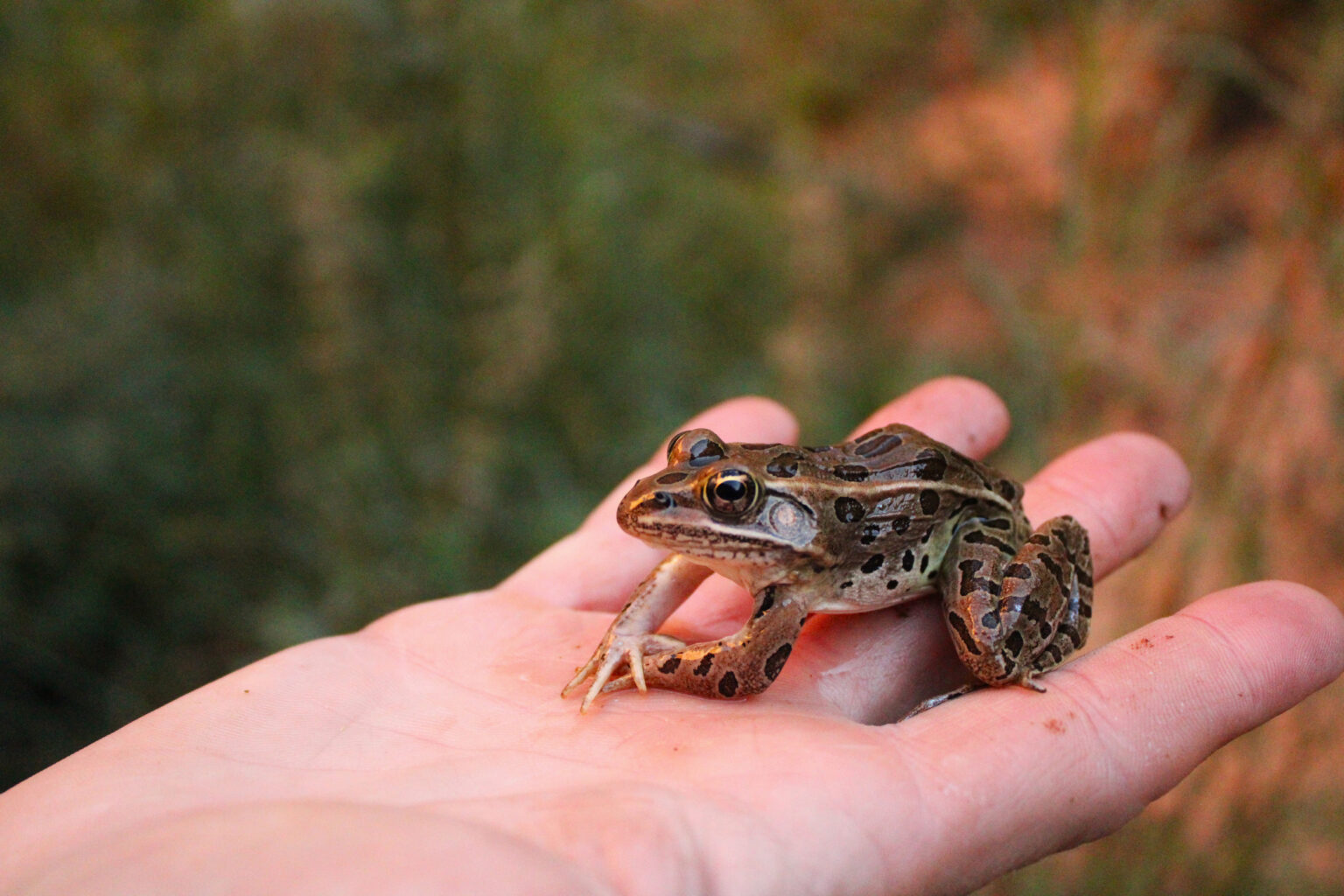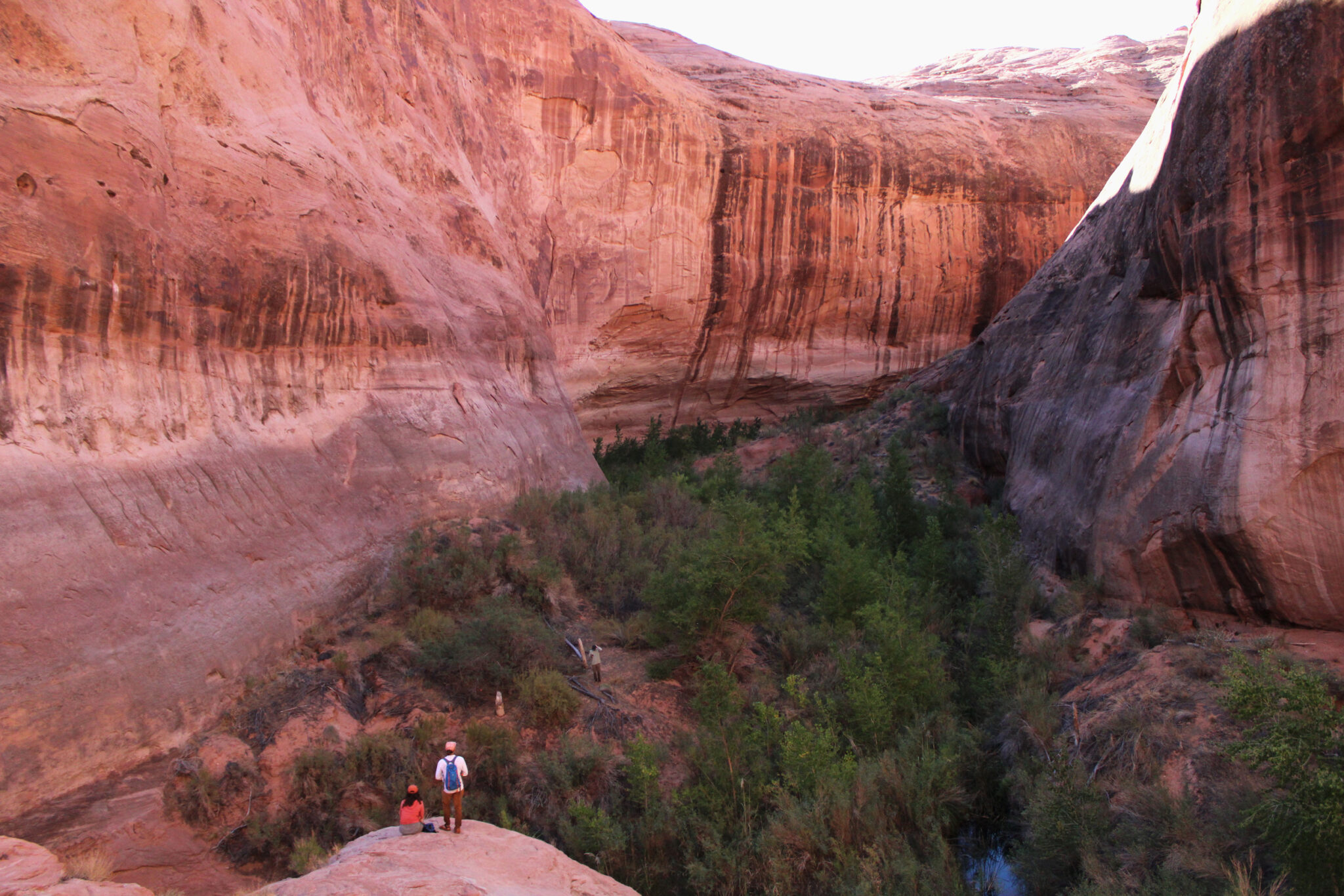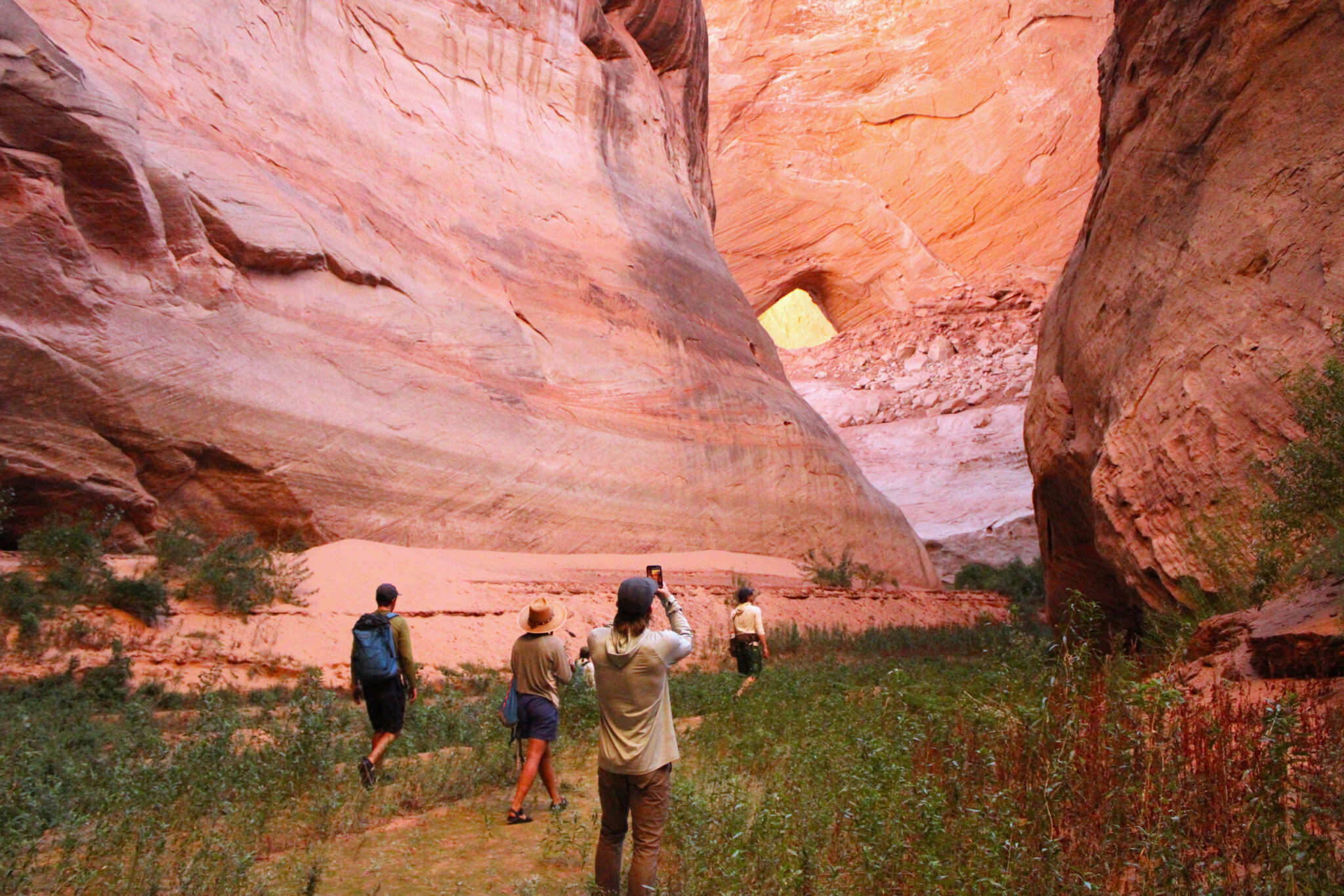Environment & Energy
Related: About this forumAs Powell's Long-Term Drought Grinds On, Beavers Making Strong Comeback In Side Canyons, Rebuilding Habitat & Ecosystems
EDIT
Lake Powell’s water levels have been retreating for the past two decades, revealing vast swaths of once-submerged land. The falling water levels have jeopardized hydropower generation and added anxiety to policy talks about managing the region’s water supply. At the same time, they have put stunning geologic features and lush riverside habitats back in the open air.
Those habitats come back gradually. In the early stages, shortly after the reservoir has pulled out of an area, there is often little more than a flat plain of muddy sediment, with a few lonely seedlings poking out of the muck. Further up the canyon, where the reservoir pulled out at least two decades ago, life has had time to come back in force. Plants grow thick and tall, teeming with the animals that call them home.

Jace Lankow holds a toad in Glen Canyon on Sept. 15. Beaver dams create ponds that serve as habitat for a variety of plant and animal species. Credit: Alex Hager/KUNC

Employees of Glen Canyon Institute look out onto a section of Glen Canyon filled with vegetation on Sept. 16. Some portions of the canyon have been above water for more than two decades, allowing native species to return to areas that were once submerged by Lake Powell. Credit: Alex Hager/KUNC
Beavers are architects that make those animal communities even stronger. The continent’s largest rodents move slowly on land, but they’re built for speedy swimming and can escape from predators better in the water. When they settle into a new area, they dam up streams to create ponds that provide them shelter. Those ponds are providing for more than just beavers. Stutz said they provide a home for native fish, frogs and insects. They also allow water to seep into the banks and provide for plants for a longer portion of the year. Recent studies have tracked the emergence of old river features and the return of native plants. This one aims to track the return of healthy ecosystems, using beavers as a marker of progress. Glen Canyon Institute is paying for the study, and scientists from the Tucson, Arizona-based Watershed Management Group are helping carry it out.
EDIT
But Lake Powell’s decades-long legacy as a key piece of the West’s water storage system will make that difficult. The seven states that use the Colorado River are in the middle of tense negotiations about its future. As they try to balance the needs of major cities and a powerhouse agriculture industry, the needs of the environment can sometimes fall to the back burner. Sinjin Eberle, senior director of communications at the environmental group American Rivers, said that the balancing act may affect decisions about the beaver-laden streams of Glen Canyon. “Managing [Lake Powell] specifically for those side tributaries,” he said, “I’m not sure that that would be a priority for all of the stakeholders that would be at the table for this.”

Researchers explore a section of Glen Canyon on Sept. 16. Receding water levels have revealed geologic formations and allowed plants and animals to return. Credit: Alex Hager/KUNC
EDIT
https://insideclimatenews.org/news/27102025/colorado-river-lake-powell-drought-beavers/
GiqueCee
(2,961 posts)... the author misidentified the amphibian in Jace Lankow's hand as a toad. It is not a toad, it is a leopard frog.